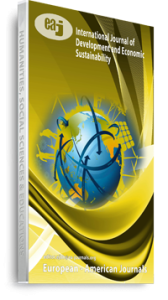The Kenya Government prioritized the development of the agricultural sector to achieving the first Millennium Development Goal (MDG) of sustainable food production. Kenya’s strategic plan, Vision 2030 positions agriculture as a key driver for delivering a 10% annual economic growth and is expected to have an average growth rate of 7% by 2015. Agriculture contributes over 80% of all employment opportunities in the country, but Kenyan youths are not taking advantage of these opportunities since 64% of them are unemployed. To advance the 7% average growth rate, it is pertinent that the Kenyan youth be fully involved in agricultural development. However, agriculture is perceived unattractive to the youth and its potential has not been fully realized. The purpose of this review is to find out the influence of land and finances on youth participation in agriculture and to identify the interventions that can make agriculture attractive to the youth in Kenya. This information will be useful to the government, the farming community, agriculturalists, policy makers and non-governmental organisations in laying strategies that will make agriculture attractive to the youth. This will subsequently enhance youth participation in agriculture resulting in increased food production, employment creation and income generation for the youth. Engaging the youth in agricultural activities will contribute in reducing crime and other social problems attributed to the youth.
Keywords: Agriculture, Economy, Food Security, Kenya, Youth

